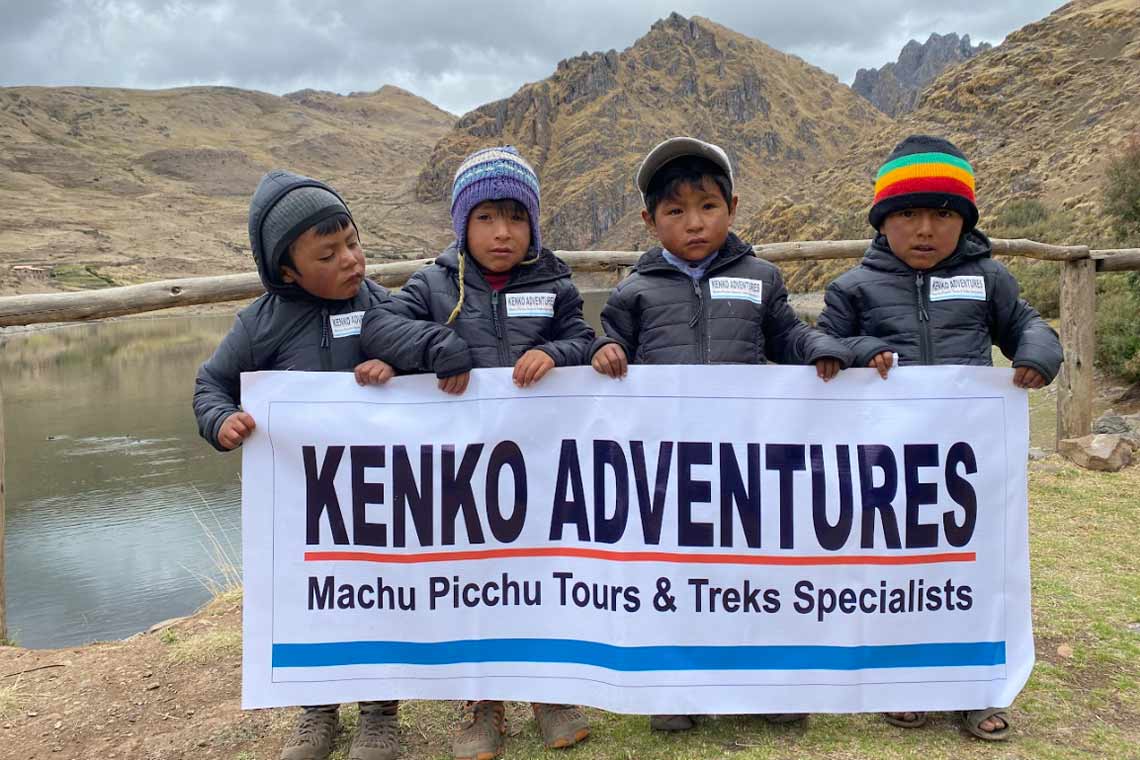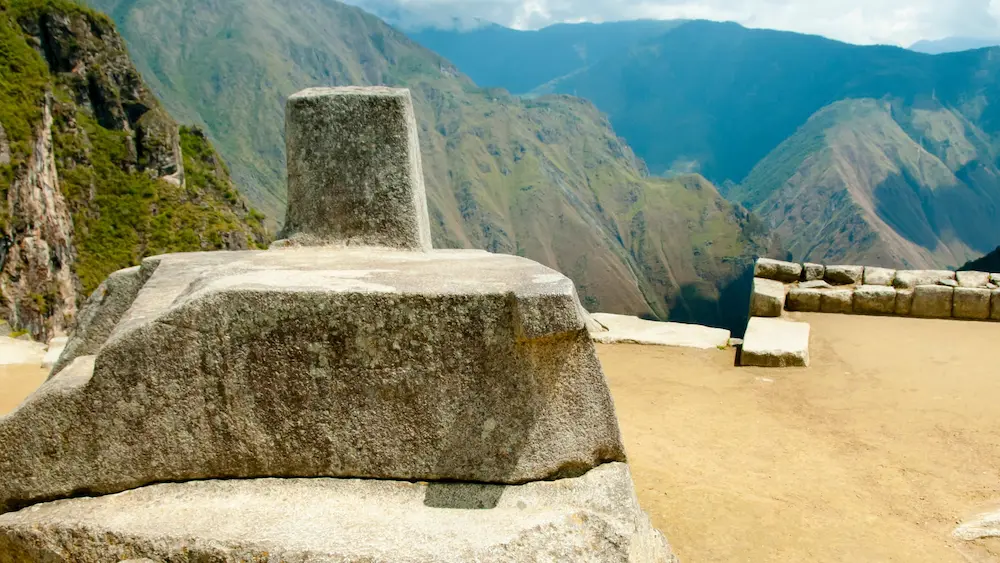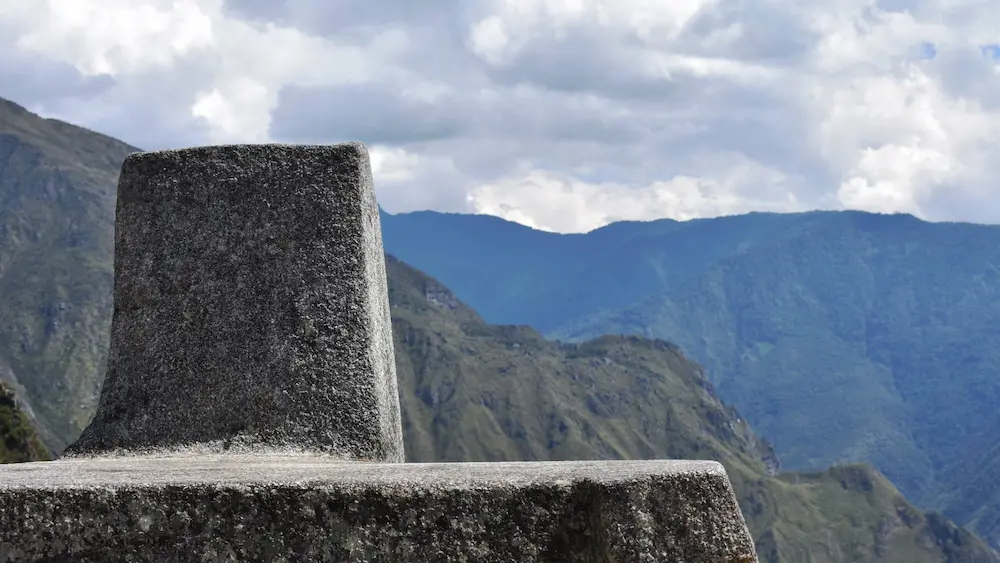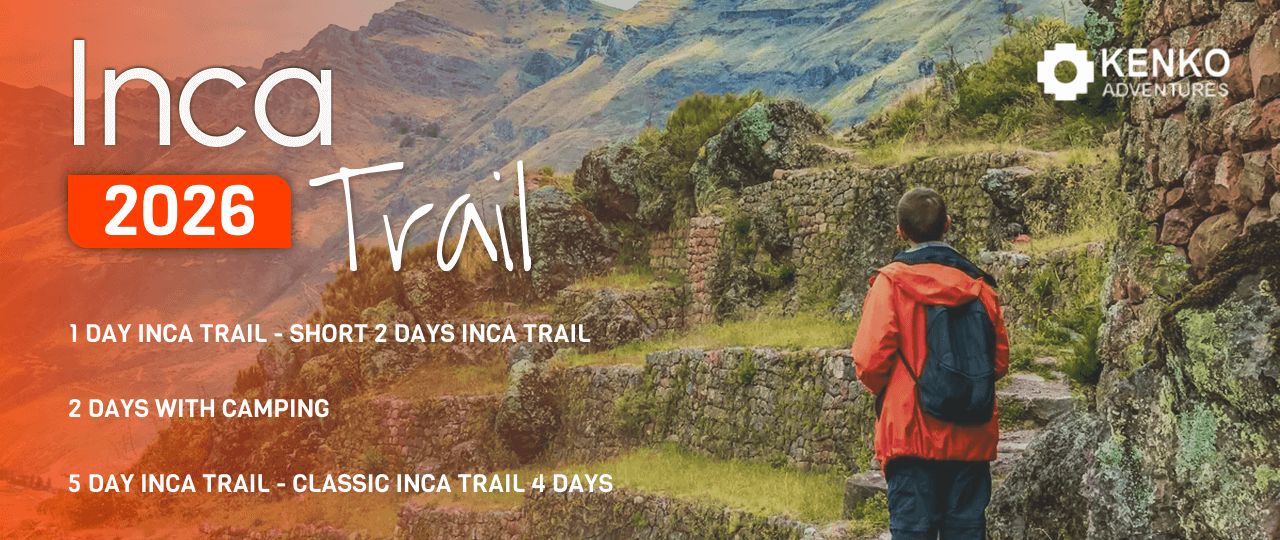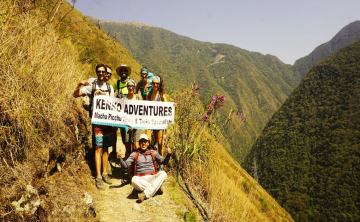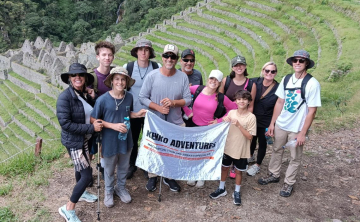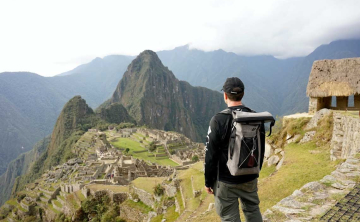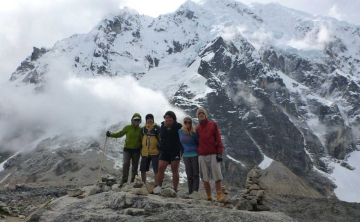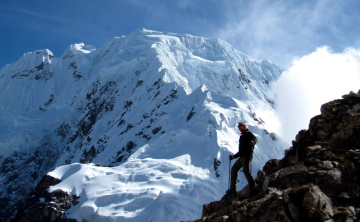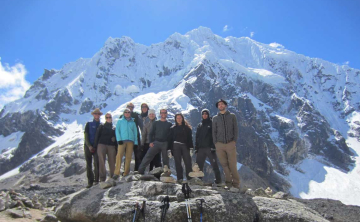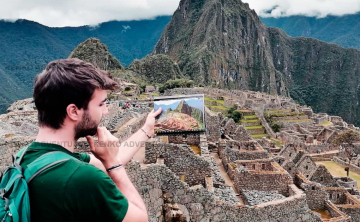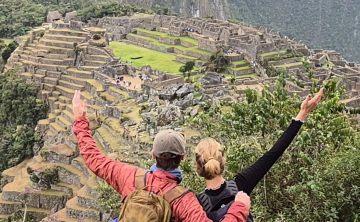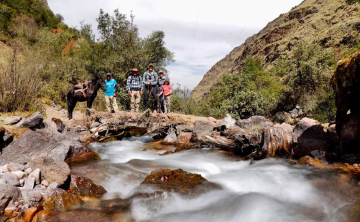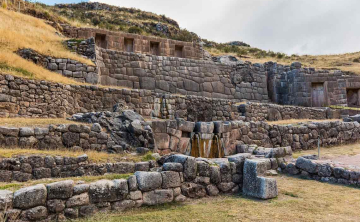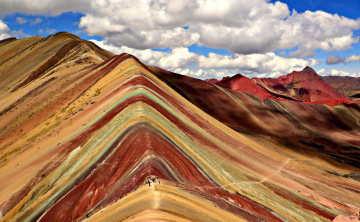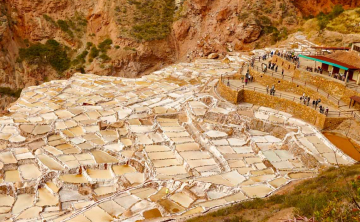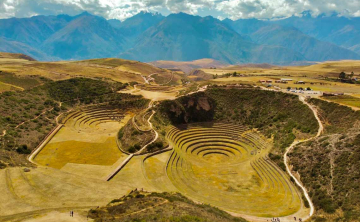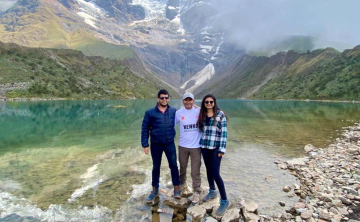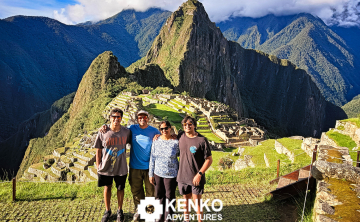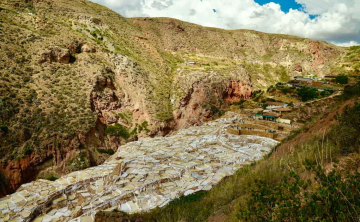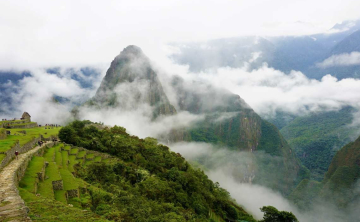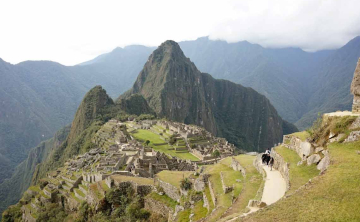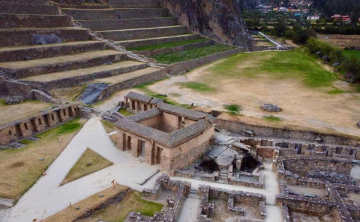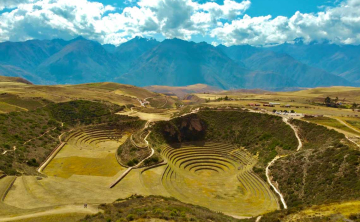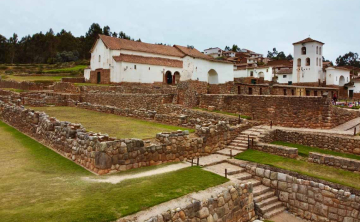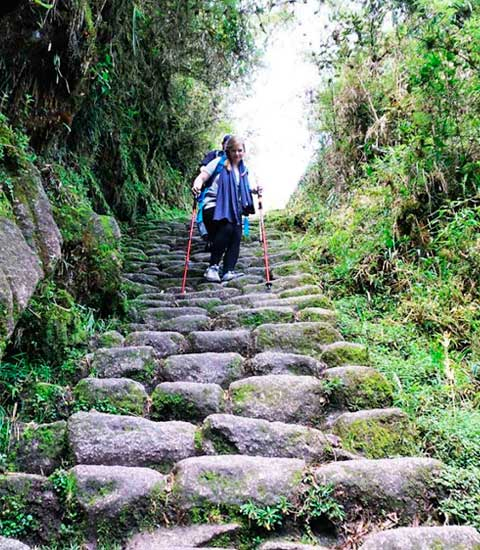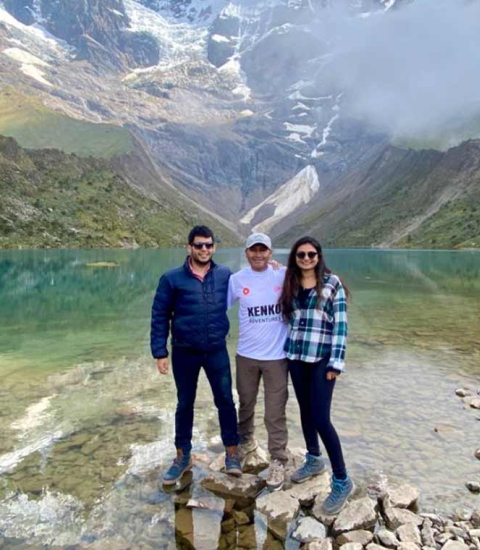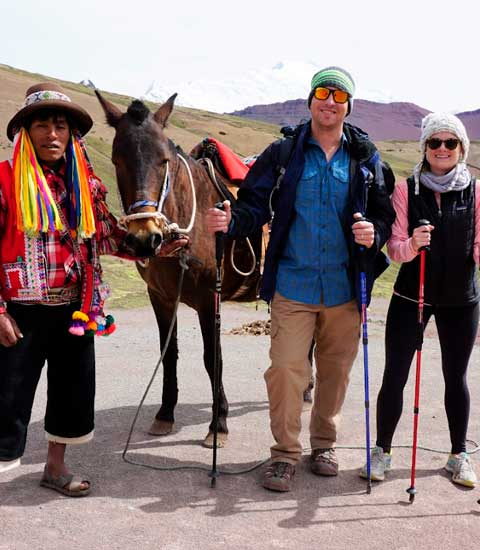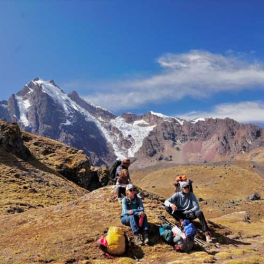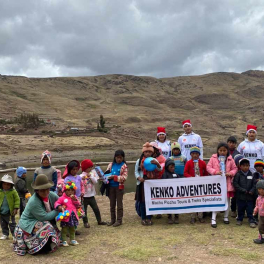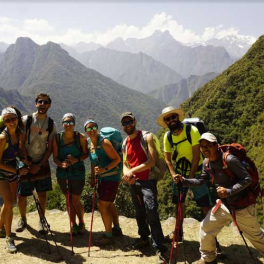We present our real culture life to our clients, hiring people from villages and communities of our region.
- Blog
- Intihuatana Stone Machu Picchu
Intihuatana stone Machu Picchu
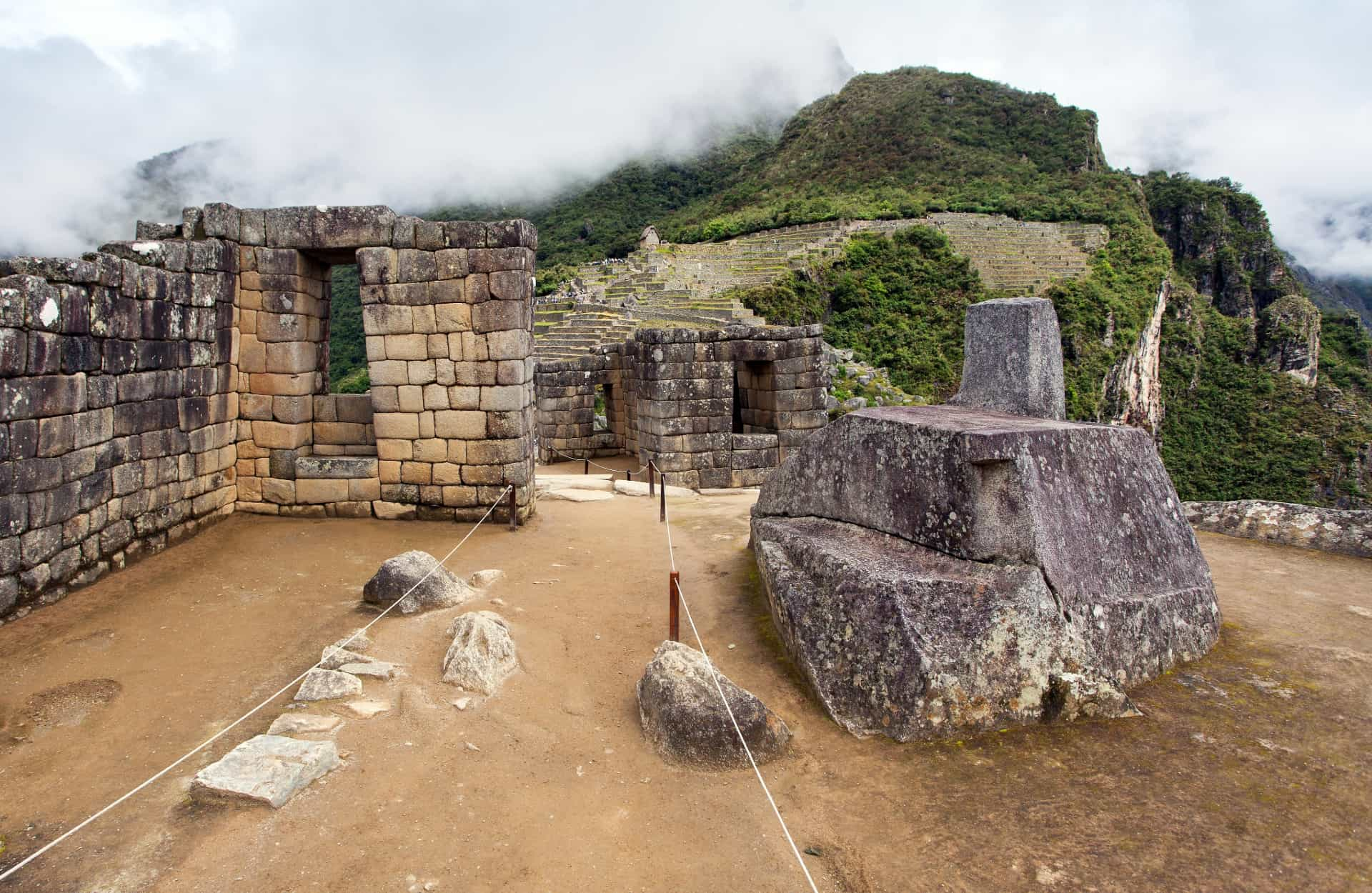
One of the remarkable features of the citadel of Machu Picchu is the “INTIHUATANA”, which had a notorious role in the ceremonies and in the Inca cosmology. Intihuatana in Quechua language means “where the sun is tied”.
What is the Intihuatana stone?
The intihuatana stone machu picchu refers to a carved monolithic rock located at the summit of the ancient citadel of Machu Picchu in Peru. It stands as one of the most emblematic and mysterious artefacts of the Inca civilization, combining astronomical, religious and architectural significance. Travellers and scholars alike have long been fascinated by its form, function and enduring presence in the Andes.
In understanding the intihuatana stone machu picchu, we delve into a physical object that embodies the Inca worldview: the connection between mountain, sky, sun and ritual. Carved directly on the bedrock and precisely oriented, this monument invites us to explore how ancient peoples engaged with the cosmos through stone and shadow.
Meaning and origin of the name “Intihuatana”
The word “Intihuatana” comes from the Quechua language, combining “inti” (sun) and “huatana/huata‑na” (to tie, hitch up) — hence “place to tie up the sun” or “hitching post of the sun”. Although scholars debate whether the Incas themselves used this exact term for the monument at Machu Picchu, the name captures the symbolic intent: a rock tied to the movement of the sun, underscoring the intihuatana stone machu picchu as far more than decorative.
Role of the Intihuatana in Inca cosmology
Within the Inca cosmological system, the sun (Inti) was one of the principal deities, and time, seasons and agriculture were deeply tied to solar rhythms. The intihuatana stone machu picchu appears to have played a role in marking solstices, equinoxes and other astronomical events, thereby anchoring ritual and agricultural calendars.
By placing such a stone at the highest point of their sacred precinct, the Incas physically and symbolically connected the realm of the divine (sun, sky) to the terrestrial world (mountain, citadel). This reinforces the idea that the intihuatana stone was both functional and symbolic — a bridge between heaven and earth.
You might also want to check out: A guide to hiking to the Sun Gate (Inti Punku)
The purpose of the Intihuatana stone Machu Picchu
The monument known as the intihuatana stone machu picchu is often described as a sundial, calender‑stone or astronomical tool, though its precise purposes remain partly speculative. This section explores what the stone may have been used for, and how its design supports these hypotheses.
From scientific observations of light, shadow and orientation to ritual interpretations and spiritual narratives, the intihuatana stone machu picchu occupies an intersection of disciplines. It invites us to ask: Was it simply a tool, or did it also manifest sacred power?
Was it really a solar clock or calendar?
Many modern researchers agree that the intihuatana stone machu picchu shows alignments with key solar events: for example, during equinoxes the sun stands almost directly above the pillar so that no shadow is cast, and during solstices the shadows change length and direction.
Nevertheless, some caution that calling it a “solar clock” may oversimplify the monument’s function. While it clearly responds to solar geometry, its irregular shape, embedded context and ritual associations suggest the intihuatana stone machu picchu may have combined scientific, ceremonial and symbolic roles rather than functioning purely as time‑keeping instrument.
Astronomical and spiritual functions of the stone
Beyond tracking the sun, the intihuatana stone machu picchu appears to have been a focal point for ritual practices. According to tradition, the Incas may have believed they could “tie up the sun” at solstice times in order to guarantee its return or maintain cosmic balance.
Its placement on a terraced pyramid at the summit of the sacred precinct suggests that the stone was also a platform for ceremonies, offerings or observances tied to both mountain worship and cosmic renewal. In this way, the intihuatana stone machu picchu becomes a symbol of the Inca’s spiritual as well as their scientific sophistication.
Architecture and placement of the Intihuatana
The design, carving and positioning of the intihuatana stone machu picchu exhibit extraordinary craftsmanship and intentionality. Carved from in‑situ granite, oriented to the cardinal points, integrated into the topography of Machu Picchu, the stone stands as a masterful fusion of natural geology and human design.
We now examine how the Incas constructed this monument, how they integrated it into the landscape and what aspects of its architecture reveal about its intended use and meaning.
How it was carved and positioned by the Incas
The intihuatana stone machu picchu is sculpted directly from the granite outcrop at the summit of the urban sector of Machu Picchu. According to UNESCO conservation documents, it is cut in one piece and resides atop a stepped platform measuring approximately 1.15 m high.
Its shaft, platforms, recesses and protruding features – such as a tab pointing toward magnetic north – reflect precise planning. The leveling, orientation and integration into terraces indicate the Incas intentionally engineered the monument, rather than merely placing a pre‑existing rock.
Alignment with solstices and other celestial events
Careful studies show that the faces of the intihuatana stone machu picchu align with the four cardinal points and cast shadows in ways consistent with solstice and equinox phenomena: on June 21 the shadow is longest toward the south, and on December 21 the shadow is shorter toward the north.
ilikeperutours.com
These optical characteristics suggest that the Intihuatana functioned as an observational tool — or at least incorporated observational capability — reinforcing the idea that the intihuatana stone machu picchu was part of a broader Inca system of solar and celestial regulation.
You might also want to check out: History of Pisco Sour and Recipe
Intihuatana and its connection to Machu Picchu
The monument known as the intihuatana stone machu picchu does not exist in isolation: it is part of the larger architectural, spiritual and geographical context of Machu Picchu. Understanding this connection helps clarify both why it was placed where it is and what it meant to its builders and users.
In this section we explore the symbolism within the citadel, how the stone fits into the layout of Machu Picchu and why its position reinforces its importance.
Symbolism within the sacred Inca city
Located at the summit of the so‑called “Hanan” (upper) sector of Machu Picchu, the intihuatana stone machu picchu commands views of surrounding mountains, terraces and sacred peaks. Its placement on a high pedestal underscores its role as a culmination of spiritual ascent.
The Only Peru Guide
In the Inca worldview, mountains (apus) were sacred beings and connecting with them was part of ritual life. By placing the intihuatana stone machu picchu where mountain‑meets‑sky, the Incas embedded their city within the sacred landscape, reinforcing Machu Picchu’s identity as a ceremonial and administrative centre rather than only a residential one.
How the stone fits into Machu Picchu’s overall design
The layout of Machu Picchu highlights the integration of natural features, built terraces and ritual platforms. The intihuatana stone machu picchu sits on a pyramid‑like base carved into the summit ridge, next to the Temple of the Three Windows and other sacred structures.
The stone’s orientation and visibility from key vantage points suggest that it was a focal point for movement through the site: visitors, priests or pilgrims would ascend to it after traversing terraces and temples, arriving at its summit as part of a ritual journey. Thus the intihuatana stone machu picchu is both endpoint and hinge within the sacred spatial logic of the citadel.
The Intihuatana through time
Over centuries, the intihuatana stone machu picchu has witnessed the rise and fall of the Inca Empire, Spanish conquest, rediscovery and modern tourism. Its survival and changing context tell as much about human history as the stone itself.
Here we analyse how it was treated historically, how it survived disruption and what remains today.
Spanish conquest and preservation of the stone
While many Inca sacred monuments were destroyed or repurposed after the Spanish conquest, the intihuatana stone machu picchu survived relatively intact — in part because Machu Picchu itself remained hidden for centuries. Archaeological accounts note that the Spanish did not find Machu Picchu in their final campaigns.
Wikipedia
When it was rediscovered in 1911 by Hiram Bingham, the intihuatana stone machu picchu drew immediate attention for its intact condition and spectacular context. Later damage (such as a crane accident in 2000) raised questions about preservation and modern pressures on this ancient monument.
How it survived and what we know today
Today the intihuatana stone machu picchu stands as both a cultural icon and a site of careful archaeological and conservation work. It is monitored by Peru’s Ministry of Culture and UNESCO, and visitor access is managed to protect its integrity.
Our understanding of the stone continues to evolve: from astronomical alignments to ritual functions, scholarly work still debates many aspects of its purpose. Although definitive answers remain elusive, the intihuatana stone machu picchu remains one of the best‑studied and most evocative legacies of the Incas.
You might also want to check out: Wildlife & Flora Found in the Inca Trail
Visiting the Intihuatana stone today
For modern visitors, experiencing the intihuatana stone machu picchu is both a physical ascent and a cultural encounter. Knowing how to access it, what to expect and how to respect its significance enhances the experience — and aligns well with contemporary heritage tourism practices.
This section offers practical advice on exploring the site and engaging with its historic and spiritual dimensions.
What to expect when seeing it at Machu Picchu
The intihuatana stone machu picchu sits at the highest accessible point of Machu Picchu’s urban sector. Visitors often follow stairways that ascend the terraces, passing the Temple of the Sun and other ceremonial sectors before arriving at the stone’s platform.
At the top, the stone is fenced to preserve it, and although touching is no longer permitted, many visitors describe a heightened sense of place and connection. The panoramic views of the surrounding mountains, terraces and the Urubamba River valley amplify the experience of standing near the intihuatana stone machu picchu.
Tips for visitors and how to respect this sacred site
If you plan to visit the intihuatana stone machu picchu, aim for early morning access when crowds are lighter and light is softer for photos. Wear appropriate footwear for stone steps and terraces, and allow time to ascend at altitude.
Respect the monument by staying on the designated pathway, not touching the stone, and following guidance from the site’s custodians. Remember that the intihuatana stone machu picchu is not just a photo opportunity—it is a sacred legacy.
Why the Intihuatana stone Machu Picchu remains a mystery
Despite decades of study, the intihuatana stone machu picchu continues to intrigue scholars, visitors and spiritual seekers. Its exact functions, ritual uses and full significance remain partly speculative. In this final section, we explore the unanswered questions and ongoing interpretations.
From scientific puzzles to mythic narratives, the intihuatana stone machu picchu sits at the frontier of our understanding — and invites engagement from history, archaeology and cultural tourism alike.
Theories and unanswered questions
While alignments with the sun suggest a calendar or observational role, little documentary evidence remains (the Incas left no written record). Researchers debate whether the intihuatana stone machu picchu served primarily as a sun‑tethering ritual, a social‑political marker, a pilgrimage destination or some combination thereof.
Additionally, despite its popularity, its historical use may have changed over time. Some suggest the intihuatana stone machu picchu was repurposed, or that it had functions we cannot yet reconstruct. That ambiguity amplifies its aura and ensures that each visitor or researcher brings their interpretation.
Scientific and spiritual interpretations today
Modern archaeological science offers tools (laser scanning, photogrammetry, solar modelling) to study the intihuatana stone machu picchu, but such methods still contend with the spiritual dimension its local communities ascribe to the stone. Some visitors describe a sense of energy, healing or connection at the site — phenomena difficult to quantify, but meaningful for cultural tourism.
In this way, the intihuatana stone machu picchu lives in multiple registers: as a piece of monumental architecture, a site of ritual resonance and a symbol of Inca legacy. That fusion of science, spirituality and heritage is what keeps it relevant and compelling today.
Conservation and mystery
- Current Status: The Intihuatana remains as a significant aspect of Machu Picchu that attracts both visitors and researchers. Although it has worn down over time, it has withstood centuries of natural erosion.
- Mystery: Although studies have been conducted, it is still not known with certainty how the Intihuatana was used in its entirety, which gives the place a touch of mystery and fascination.
One of the many aspects of the Machu Picchu is the Intihuatana; it highlights the understanding and the cultural practices related to the astronomy and spirituality of the Incas
Why Kenko Adventures?
We offer unique services like: hot shower and private toilets on treks. We have a real responsibility taking care of our planet.
Experts on: Inca Trail hikes and Machu Picchu Hiking Tours. We operate small groups.
Superior Quality services and full flexibility for any changes in this pandemic
Free warm jacket for my litle friend!
Kenko Adventure Peru founder decided to add a social proyect in all Our tours that means, if you are booking a tour with Us, you automatically are donating a warm jacket for Our litle kids that have very hard living in very cold conditions near by the Andes Mountain
